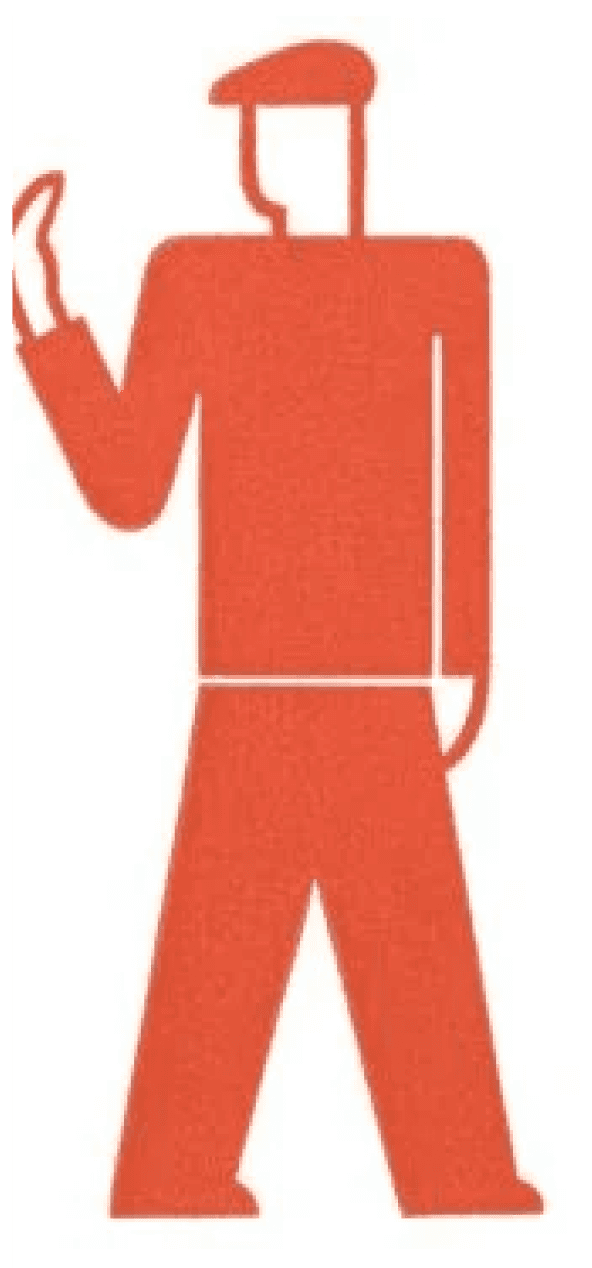
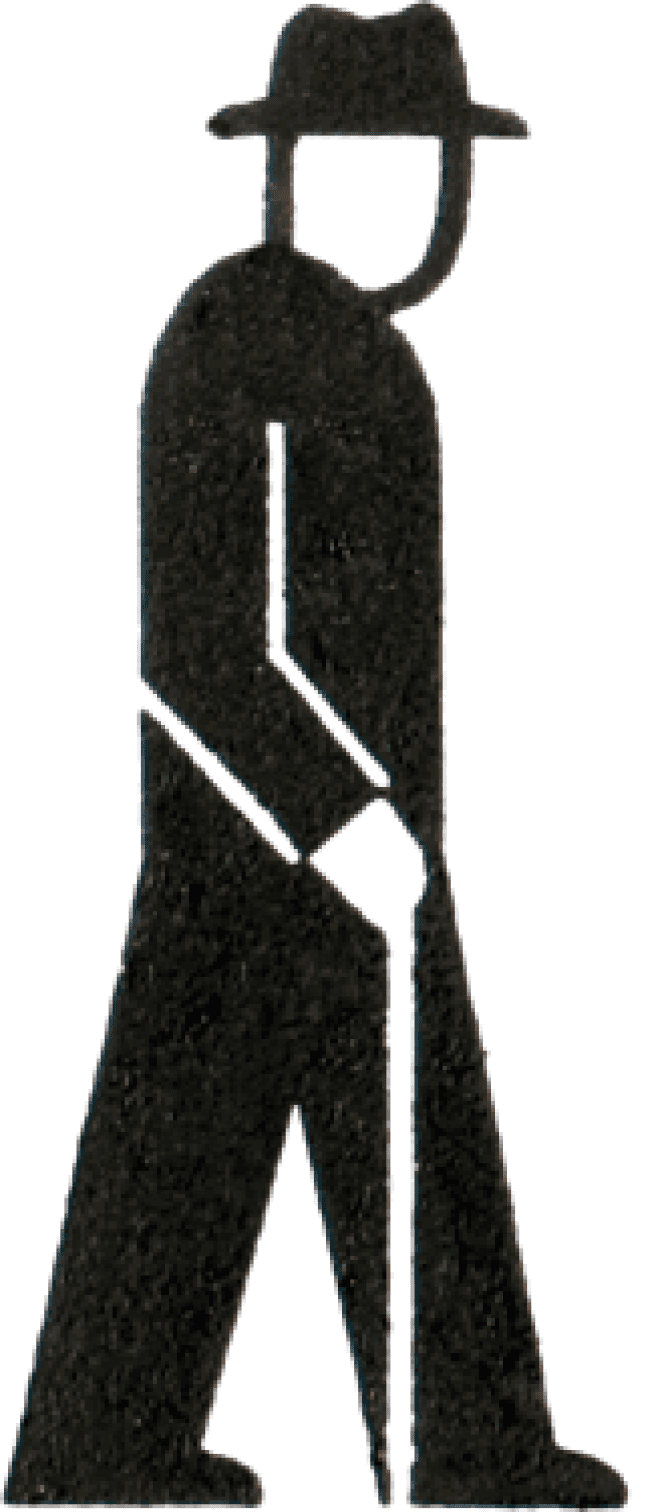
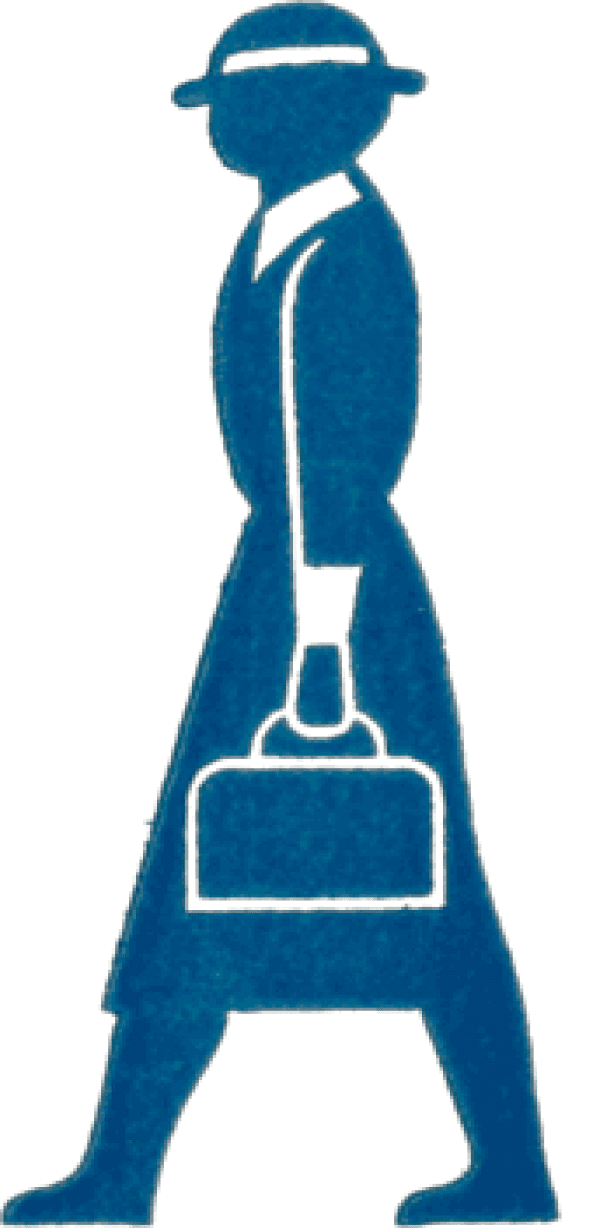

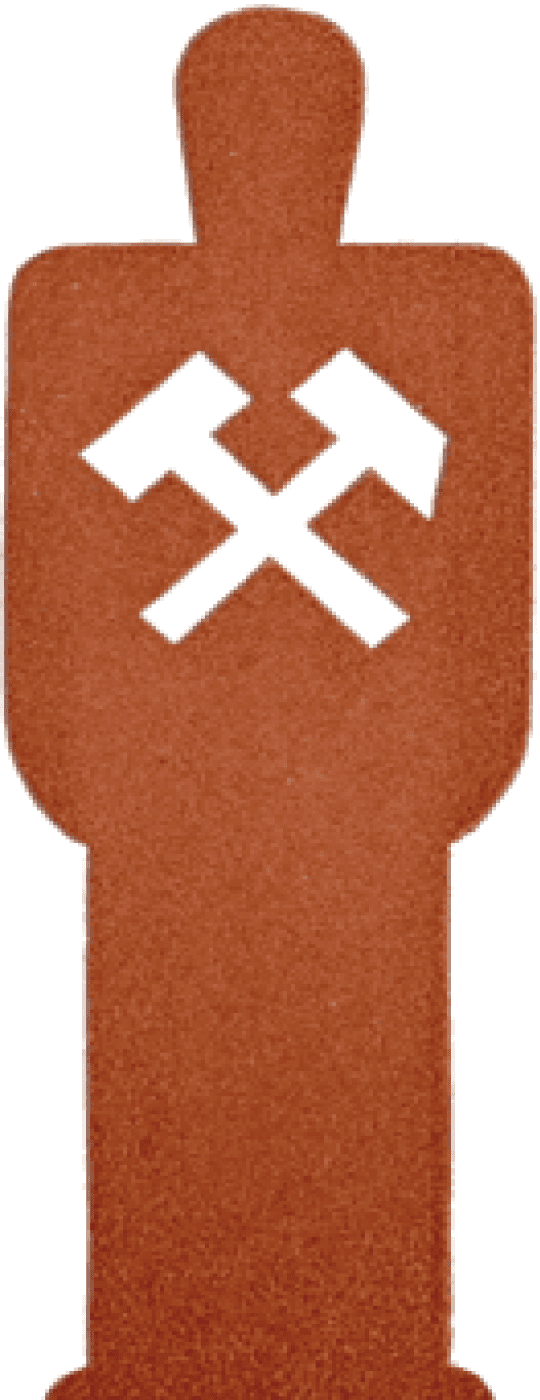
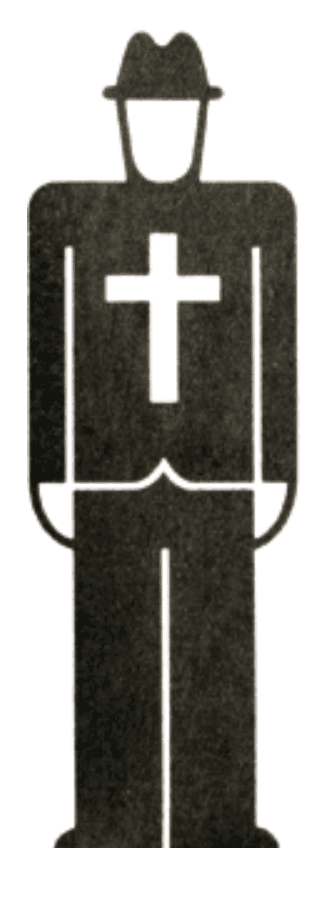
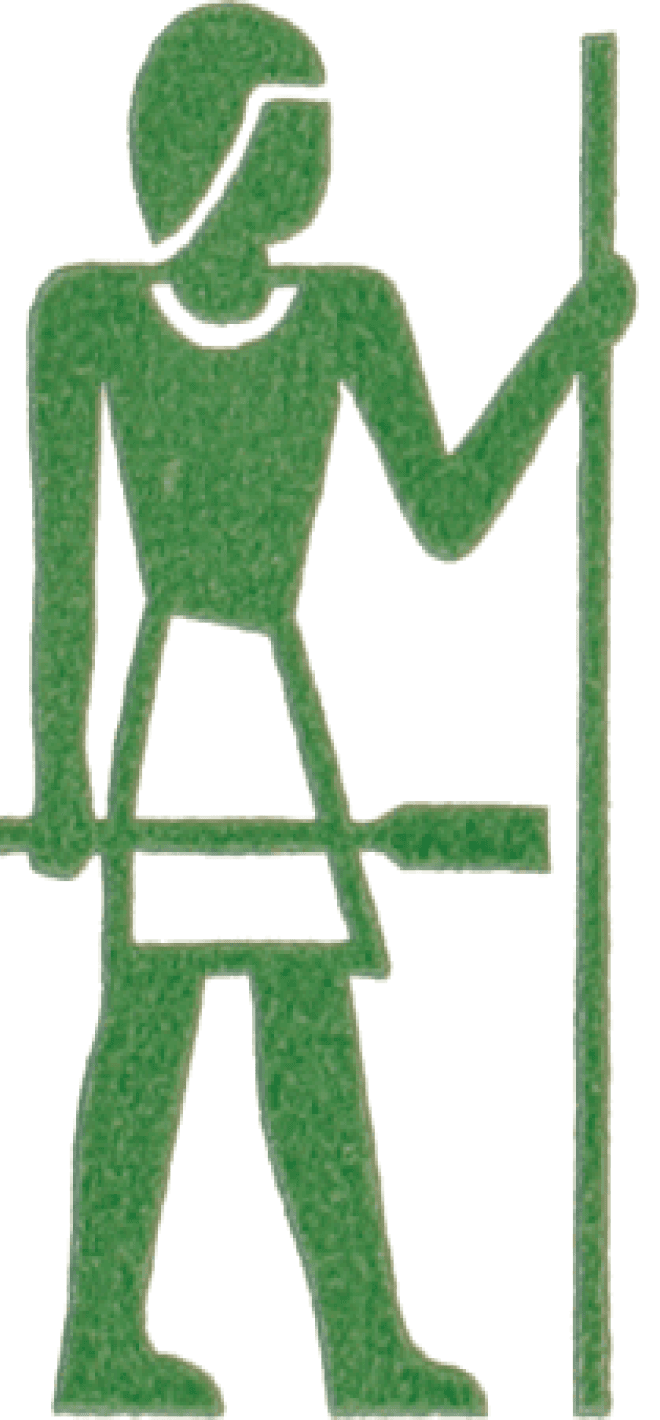
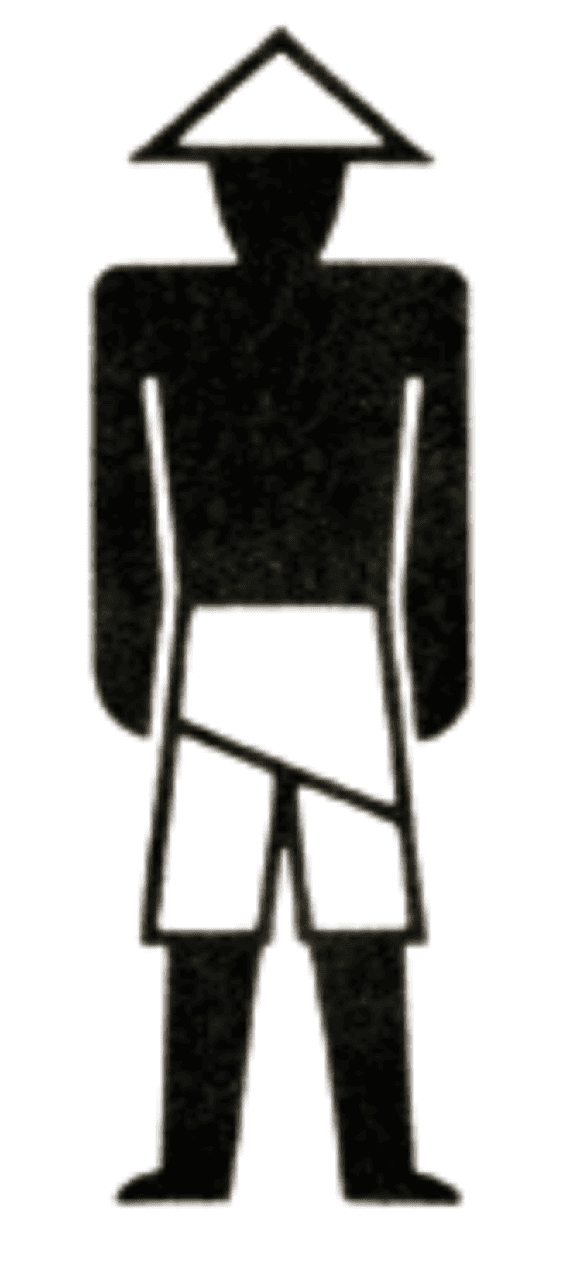
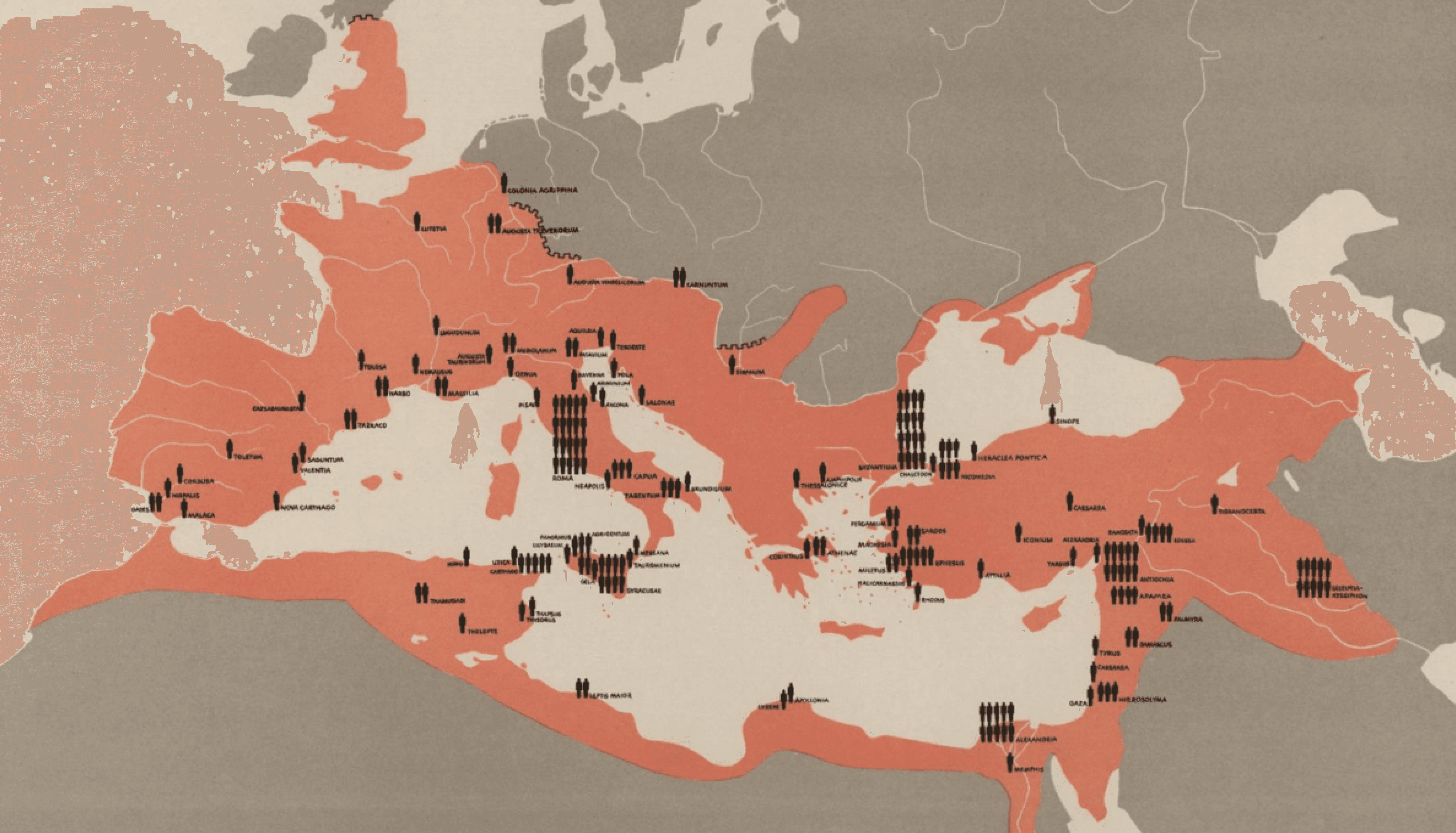

Pendle, G. (2006) Otto Neurath’s Universal Silhouettes | George Pendle. https://www.cabinetmagazine.org/issues/24/pendle.php
Devlin, T.M. (2023) 'What is Esperanto, and who speaks it?,' Babbel Magazine, 29 November.
https://www.babbel.com/en/magazine/how-many-people-speak-esperanto-and-where-is-it-spoken
Cat, Jordi, "Otto Neurath", The Stanford Encyclopedia of Philosophy (Spring 2023 Edition), Edward N. Zalta & Uri Nodelman (eds.), URL = https://plato.stanford.edu/archives/spr2023/entries/neurath/.
Mazure, D. (2020) Otto Neurath, ISOTYPE. http://www.davidmazure.com/blog/wp-content/uploads/2020/01/Otto_Neurath__ISOTYPE.pdf (Accessed: December 5, 2023).
Jeffries, S. (2022) 'Before emojis: the utopian graphic language of Marie and Otto Neurath,' The Guardian, 19 October. https://www.theguardian.com/artanddesign/2019/aug/27/pictures-unite-graphic-design-vision-marie-otto-neurath.
Seawright, B. (2013) Neurath’s Boat. https://rpseawright.wordpress.com/2013/05/31/neuraths-boat/.
Neurath, M. and Kinross, R. (2008) The transformer: Principles of Making Isotype Charts. Hyphen Press.
Neurath, O. (1944) From hieroglyphics to isotype: A Visual Autobiography. Isotype Institute.
Heinrich, R. et al. (2011) Image and imaging in philosophy, science and the arts: Vol. 2.
Neurath, O. (1930) Gesellschaft und Wirtschaft, bildstatistisches Elementarwerk: das Gesellschafts- und Wirtschaftsmuseum in Wien zeigt in 100 Farbigen Bildtafeln Produktionsformen, Gesellschaftsordnungen, Kulturstufen, Lebenshaltungen
Arnzt, G. (1933) Isotype Picture Dictionary. Isotype Institute
Isotype Maps
Isotype Maps
Isotype Maps
The Legacy of Isotype
The Legacy of Isotype
The Legacy of Isotype
To conclude, Otto Neurath revolutionised the field of communication design, through his conception and work on the isotype project. In the philosophical pursuit of enriching lives through creating a universal language, Neurath succeeded to design this system which can be understood and appreciated by all, no matter their age, culture or language. The principles of isotype have also redesigned how information is conveyed visually, with a clearer and more orderly style than what came before. He also succeeded in creating a lasting design system for the people, as we can see in its referencing in modern design work, and its principles in communication design, for example, repeating elements, and uniformity in alignment and scale.
To conclude, Otto Neurath revolutionised the field of communication design, through his conception and work on the isotype project. In the philosophical pursuit of enriching lives through creating a universal language, Neurath succeeded to design this system which can be understood and appreciated by all, no matter their age, culture or language. The principles of isotype have also redesigned how information is conveyed visually, with a clearer and more orderly style than what came before. He also succeeded in creating a lasting design system for the people, as we can see in its referencing in modern design work, and its principles in communication design, for example, repeating elements, and uniformity in alignment and scale.
To conclude, Otto Neurath revolutionised the field of communication design, through his conception and work on the isotype project. In the philosophical pursuit of enriching lives through creating a universal language, Neurath succeeded to design this system which can be understood and appreciated by all, no matter their age, culture or language. The principles of isotype have also redesigned how information is conveyed visually, with a clearer and more orderly style than what came before. He also succeeded in creating a lasting design system for the people, as we can see in its referencing in modern design work, and its principles in communication design, for example, repeating elements, and uniformity in alignment and scale.
In modern times, Neurath’s work on isotype is still extremely important in the field of communication design, after his death, his wife, Marie Neurath, continued to create educational books for children using the style and principles of isotype, teaching about natural history and sciences. (Jeffries, 2022) This highlighted the universal usefulness of isotype in design for communication, and how it can be understood by any age, from maps and diagrams for history museums, to children’s learning books.
Several other prominent designers have used the themes and fundamentals of Isotype, such as Harry Beck, in the London Underground maps, where colours are used to indicate each train line, and most of the detail is removed, leaving only the necessary parts, the lines and stations. Another interesting use of isotype principles was in Max Bill’s architectural work, in which each part of his buildings were separated for a different use, they were easily navigated, and his drawings used simple, easily interpreted perspectives. One of the most well known examples is one which we often see in everyday life, the British road sign, designed by Margaret Calvert and Jock Kinneir. One of Neurath’s goals for isotype is that it would become a picture language for use in normal life, as well as in statistical communication, a sentiment which the road sign encapsulates. They use set widths of lines to indicate the importance of particular roads, and a uniform font size and style. (Neurath and Kinross, 2008)
In modern times, Neurath’s work on isotype is still extremely important in the field of communication design, after his death, his wife, Marie Neurath, continued to create educational books for children using the style and principles of isotype, teaching about natural history and sciences. (Jeffries, 2022) This highlighted the universal usefulness of isotype in design for communication, and how it can be understood by any age, from maps and diagrams for history museums, to children’s learning books.
Several other prominent designers have used the themes and fundamentals of Isotype, such as Harry Beck, in the London Underground maps, where colours are used to indicate each train line, and most of the detail is removed, leaving only the necessary parts, the lines and stations. Another interesting use of isotype principles was in Max Bill’s architectural work, in which each part of his buildings were separated for a different use, they were easily navigated, and his drawings used simple, easily interpreted perspectives. One of the most well known examples is one which we often see in everyday life, the British road sign, designed by Margaret Calvert and Jock Kinneir. One of Neurath’s goals for isotype is that it would become a picture language for use in normal life, as well as in statistical communication, a sentiment which the road sign encapsulates. They use set widths of lines to indicate the importance of particular roads, and a uniform font size and style. (Neurath and Kinross, 2008)
In modern times, Neurath’s work on isotype is still extremely important in the field of communication design, after his death, his wife, Marie Neurath, continued to create educational books for children using the style and principles of isotype, teaching about natural history and sciences. (Jeffries, 2022) This highlighted the universal usefulness of isotype in design for communication, and how it can be understood by any age, from maps and diagrams for history museums, to children’s learning books.
Several other prominent designers have used the themes and fundamentals of Isotype, such as Harry Beck, in the London Underground maps, where colours are used to indicate each train line, and most of the detail is removed, leaving only the necessary parts, the lines and stations. Another interesting use of isotype principles was in Max Bill’s architectural work, in which each part of his buildings were separated for a different use, they were easily navigated, and his drawings used simple, easily interpreted perspectives. One of the most well known examples is one which we often see in everyday life, the British road sign, designed by Margaret Calvert and Jock Kinneir. One of Neurath’s goals for isotype is that it would become a picture language for use in normal life, as well as in statistical communication, a sentiment which the road sign encapsulates. They use set widths of lines to indicate the importance of particular roads, and a uniform font size and style. (Neurath and Kinross, 2008)
A key theme of Isotype was the use of silhouettes to show groups of people, with a piece of iconography from their culture or occupation to convey their identity.
“A silhouette compels us to look at essential details and sharp lines; there are no indefinite backgrounds or superfluities,” (Pendle, 2006)
Here, in the isotype diagram showing populations of races and nationalities, he silhouettes the shape of a person, with clothing commonly worn by people of their race at the time. I find this piece of work extremely interesting, as the symbols of the people are repeated to show the populations, which effectively details the precise amounts, as each symbol represents the same number, the horizontal rows also add interest for the viewer, as they can easily compare population densities of each country and race through the amount of symbols in each box and row. Although the design of this document encapsulates the spirit and ideology of isotype, and communicates its message extremely effectively, Neurath noted that it had a heavy reliance on stereotypes, (Heinrich et al., 2011) and in this way, pointed out that the isotype system was a constantly developing piece of work, and over time, issues such as this would be addressed for more universal appeal.
A key theme of Isotype was the use of silhouettes to show groups of people, with a piece of iconography from their culture or occupation to convey their identity.
“A silhouette compels us to look at essential details and sharp lines; there are no indefinite backgrounds or superfluities,” (Pendle, 2006)
Here, in the isotype diagram showing populations of races and nationalities, he silhouettes the shape of a person, with clothing commonly worn by people of their race at the time. I find this piece of work extremely interesting, as the symbols of the people are repeated to show the populations, which effectively details the precise amounts, as each symbol represents the same number, the horizontal rows also add interest for the viewer, as they can easily compare population densities of each country and race through the amount of symbols in each box and row. Although the design of this document encapsulates the spirit and ideology of isotype, and communicates its message extremely effectively, Neurath noted that it had a heavy reliance on stereotypes, (Heinrich et al., 2011) and in this way, pointed out that the isotype system was a constantly developing piece of work, and over time, issues such as this would be addressed for more universal appeal.
Isotype was an ambitious project, with Neurath serving as the theorist and director, he created the key concepts which were learnt and applied by the designers working in the project, these included;
Using a limited colour palette, so that the viewer is not confused, and can clearly see defined groups of elements.
Repeating elements instead of changing the scale to show changes in amounts, for increased clarity, as it is easier and faster to count the elements than to estimate a size increase.
2 dimensional, flat perspective always used, to increase ease of understanding. (Neurath and Kinross, 2008)
Isotype was an ambitious project, with Neurath serving as the theorist and director, he created the key concepts which were learnt and applied by the designers working in the project, these included;
Using a limited colour palette, so that the viewer is not confused, and can clearly see defined groups of elements.
Repeating elements instead of changing the scale to show changes in amounts, for increased clarity, as it is easier and faster to count the elements than to estimate a size increase.
2 dimensional, flat perspective always used, to increase ease of understanding. (Neurath and Kinross, 2008)
Isotype was an ambitious project, with Neurath serving as the theorist and director, he created the key concepts which were learnt and applied by the designers working in the project, these included;
Using a limited colour palette, so that the viewer is not confused, and can clearly see defined groups of elements.
Repeating elements instead of changing the scale to show changes in amounts, for increased clarity, as it is easier and faster to count the elements than to estimate a size increase.
2 dimensional, flat perspective always used, to increase ease of understanding. (Neurath and Kinross, 2008)
Isotype
Principles
Isotype
Principles
Isotype
Principles
“Words carry more emotional elements than set pictures, which can be observed by people of different countries, different parties without any protest; Words divide, pictures unite.” (Heinrich et al., 2011)
“Words carry more emotional elements than set pictures, which can be observed by people of different countries, different parties without any protest; Words divide, pictures unite.” (Heinrich et al., 2011)
“Words carry more emotional elements than set pictures, which can be observed by people of different countries, different parties without any protest; Words divide, pictures unite.” (Heinrich et al., 2011)
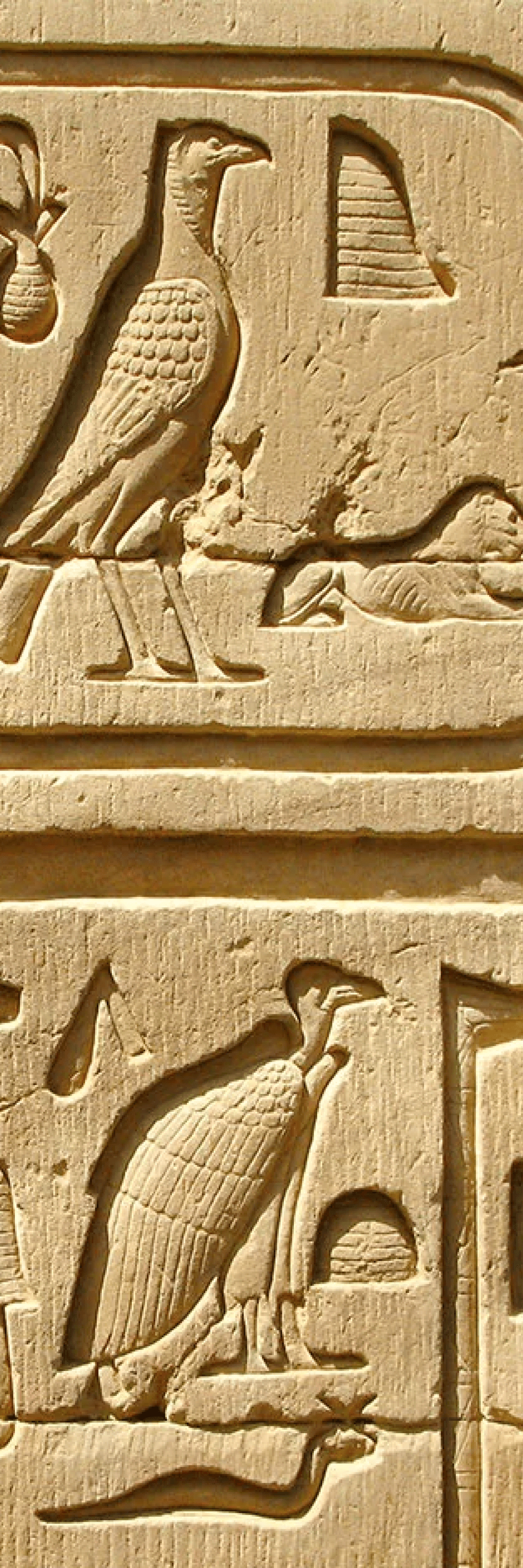

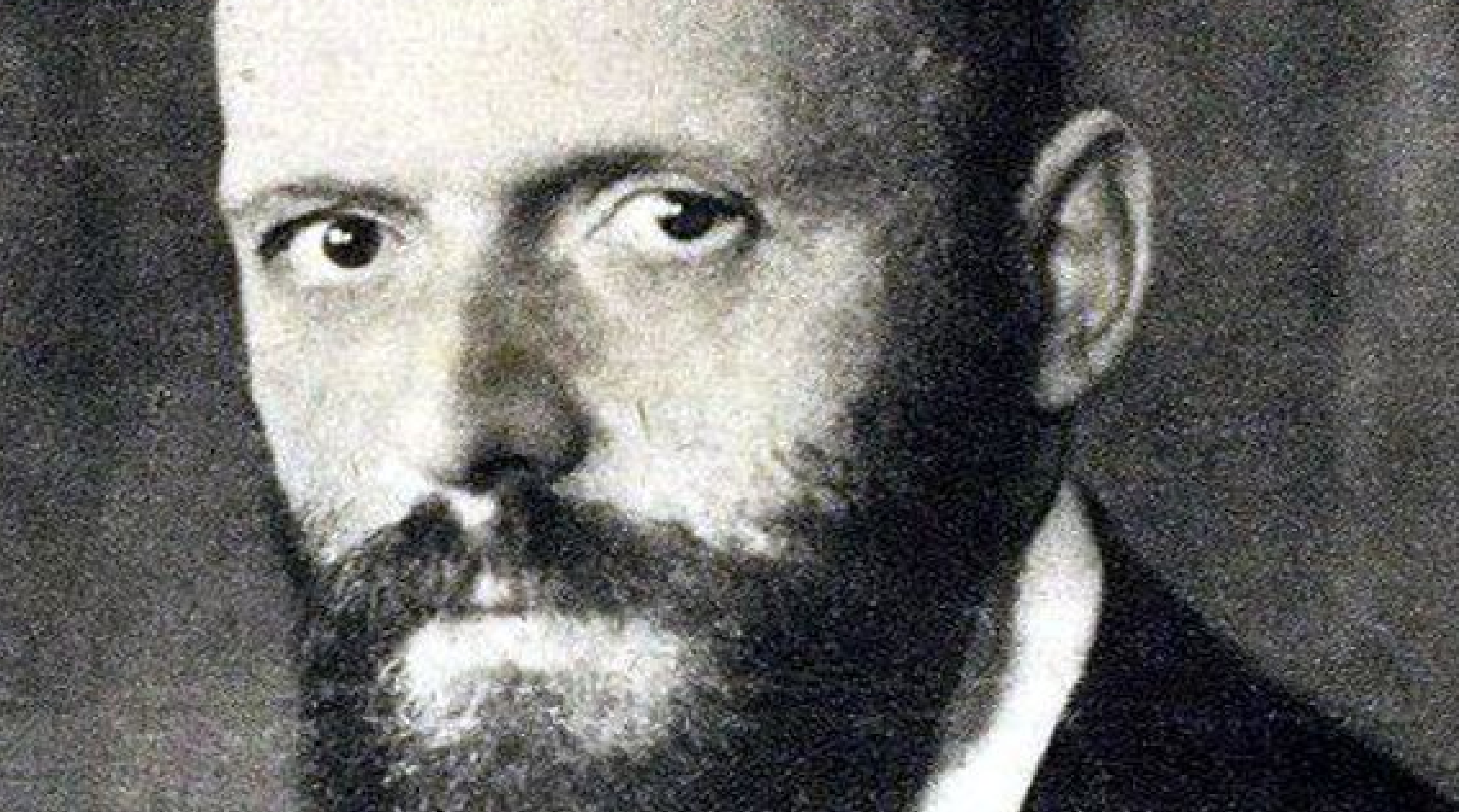

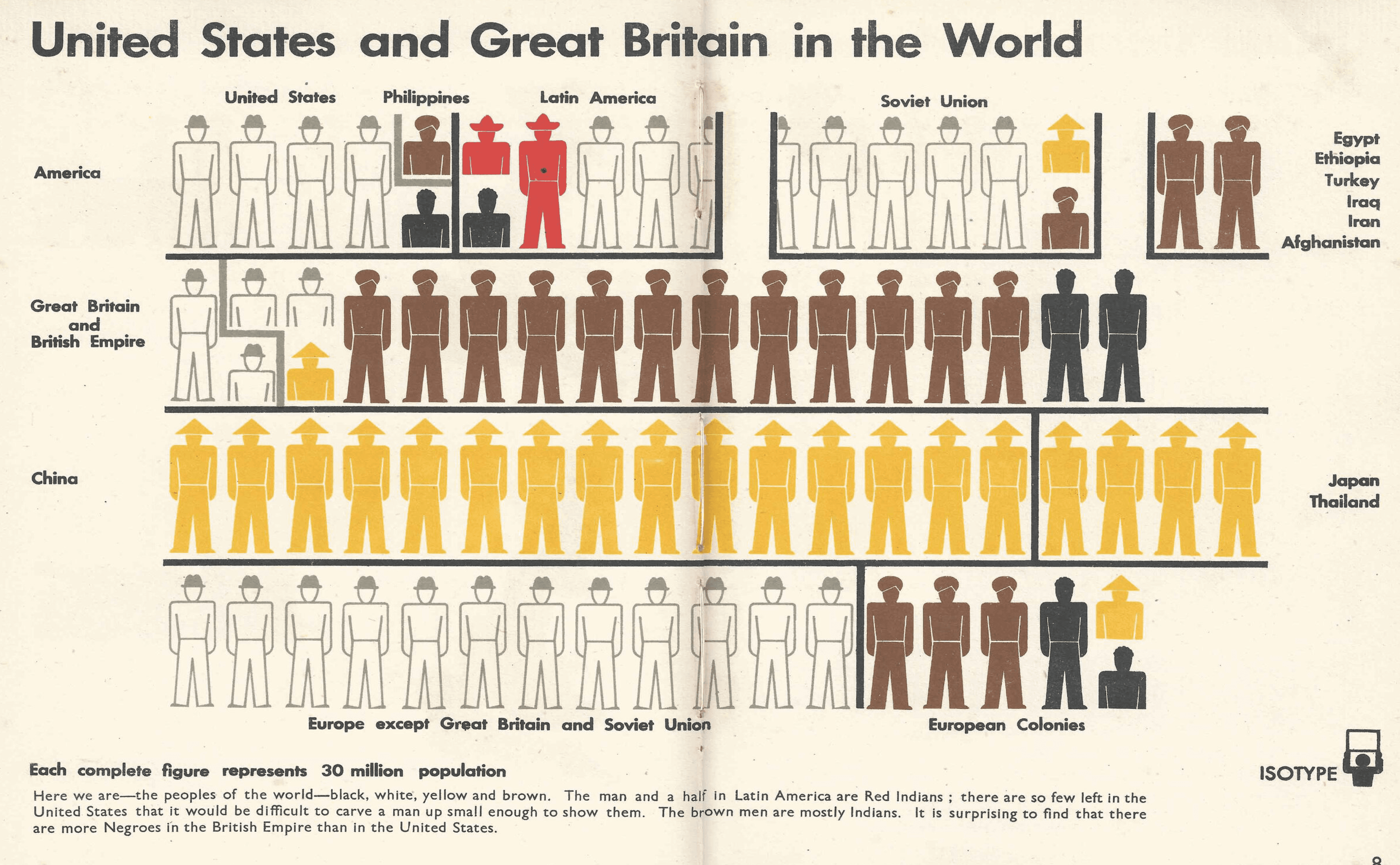





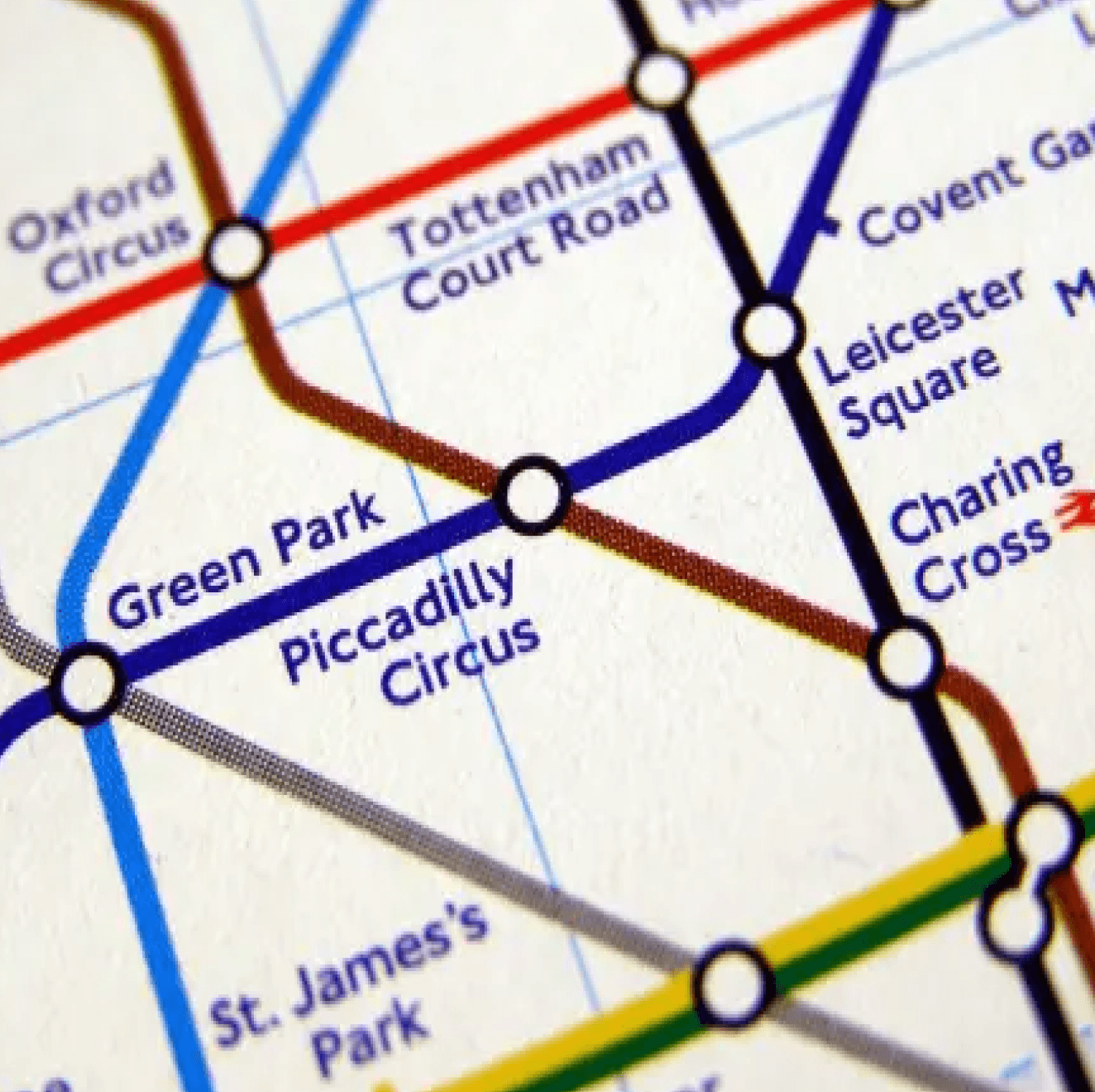

Another prominent collaborator in the project was Gerd Arntz, he was responsible for the design of around 4000 isotype icons and charts, ranging from people, to maps, diagrams and objects, which made up his Isotype Visual Dictionary, which was commissioned by Neurath.(Gerd Arntz Web Archive) His icons were used in many of Neurath’s works, such as his museum exhibits in Vienna and books, for example Gesellschaft und Wirtschaft – Bildstatistisches Elementarwerk. A book containing examples of maps and statistics from the world through the ages.
Another prominent collaborator in the project was Gerd Arntz, he was responsible for the design of around 4000 isotype icons and charts, ranging from people, to maps, diagrams and objects, which made up his Isotype Visual Dictionary, which was commissioned by Neurath.(Gerd Arntz Web Archive) His icons were used in many of Neurath’s works, such as his museum exhibits in Vienna and books, for example Gesellschaft und Wirtschaft – Bildstatistisches Elementarwerk. A book containing examples of maps and statistics from the world through the ages.
Another prominent collaborator in the project was Gerd Arntz, he was responsible for the design of around 4000 isotype icons and charts, ranging from people, to maps, diagrams and objects, which made up his Isotype Visual Dictionary, which was commissioned by Neurath.(Gerd Arntz Web Archive) His icons were used in many of Neurath’s works, such as his museum exhibits in Vienna and books, for example Gesellschaft und Wirtschaft – Bildstatistisches Elementarwerk. A book containing examples of maps and statistics from the world through the ages.
Gerd Arntz
Gerd Arntz
Gerd Arntz
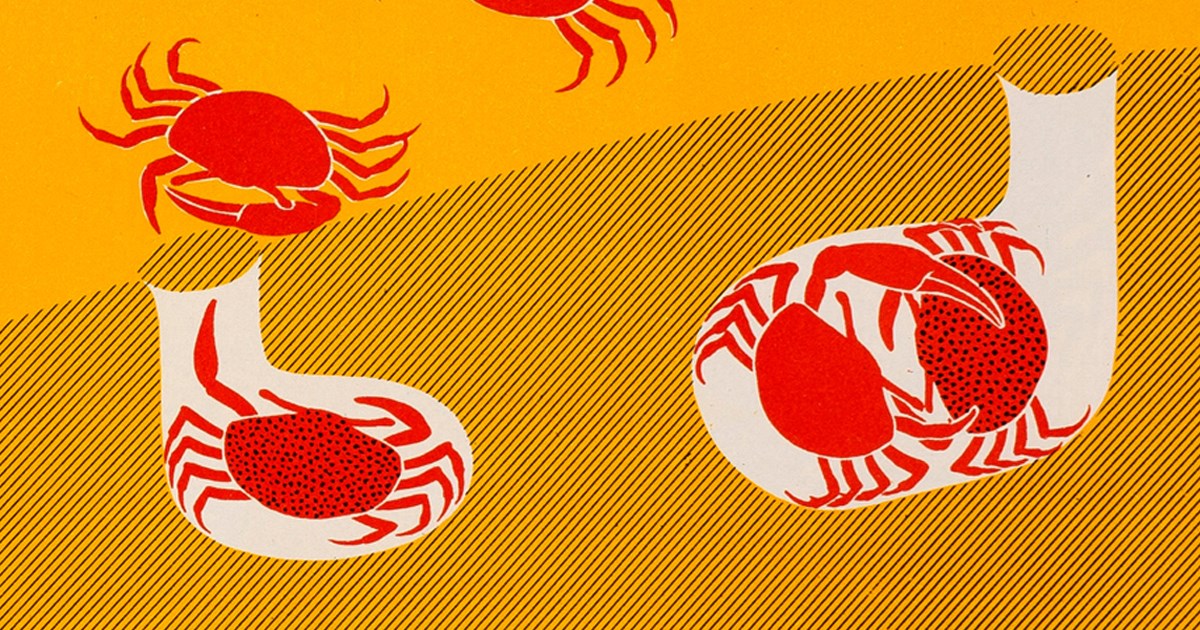

One of the key members of the Isotype project was its leading designer, Marie Neurath, the wife of Otto Neurath, initially, she met with Neurath when visiting museums in Vienna through her studies in the University of Göttingen in Germany, where she admired his isotype charts, detailing populations and economical statistics of European countries, which she could clearly understand through iconography alone. Due to this admiration, she decided to assist in the development of his Social and Economical Museum.(Neurath and Kinross, 2008)
One of the key members of the Isotype project was its leading designer, Marie Neurath, the wife of Otto Neurath, initially, she met with Neurath when visiting museums in Vienna through her studies in the University of Göttingen in Germany, where she admired his isotype charts, detailing populations and economical statistics of European countries, which she could clearly understand through iconography alone. Due to this admiration, she decided to assist in the development of his Social and Economical Museum.(Neurath and Kinross, 2008)
One of the key members of the Isotype project was its leading designer, Marie Neurath, the wife of Otto Neurath, initially, she met with Neurath when visiting museums in Vienna through her studies in the University of Göttingen in Germany, where she admired his isotype charts, detailing populations and economical statistics of European countries, which she could clearly understand through iconography alone. Due to this admiration, she decided to assist in the development of his Social and Economical Museum.(Neurath and Kinross, 2008)
Marie Neurath
Marie Neurath
Marie Neurath
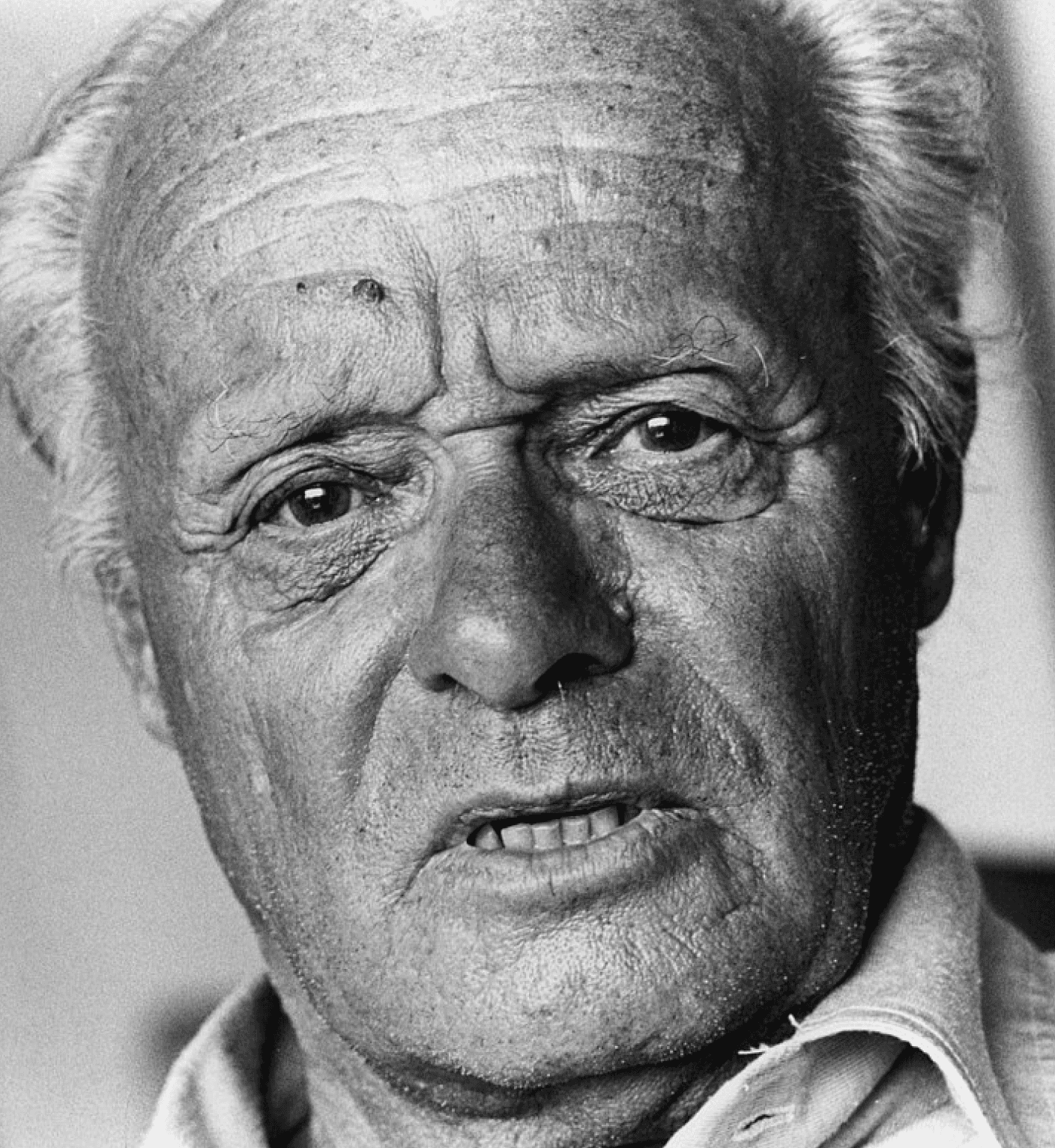

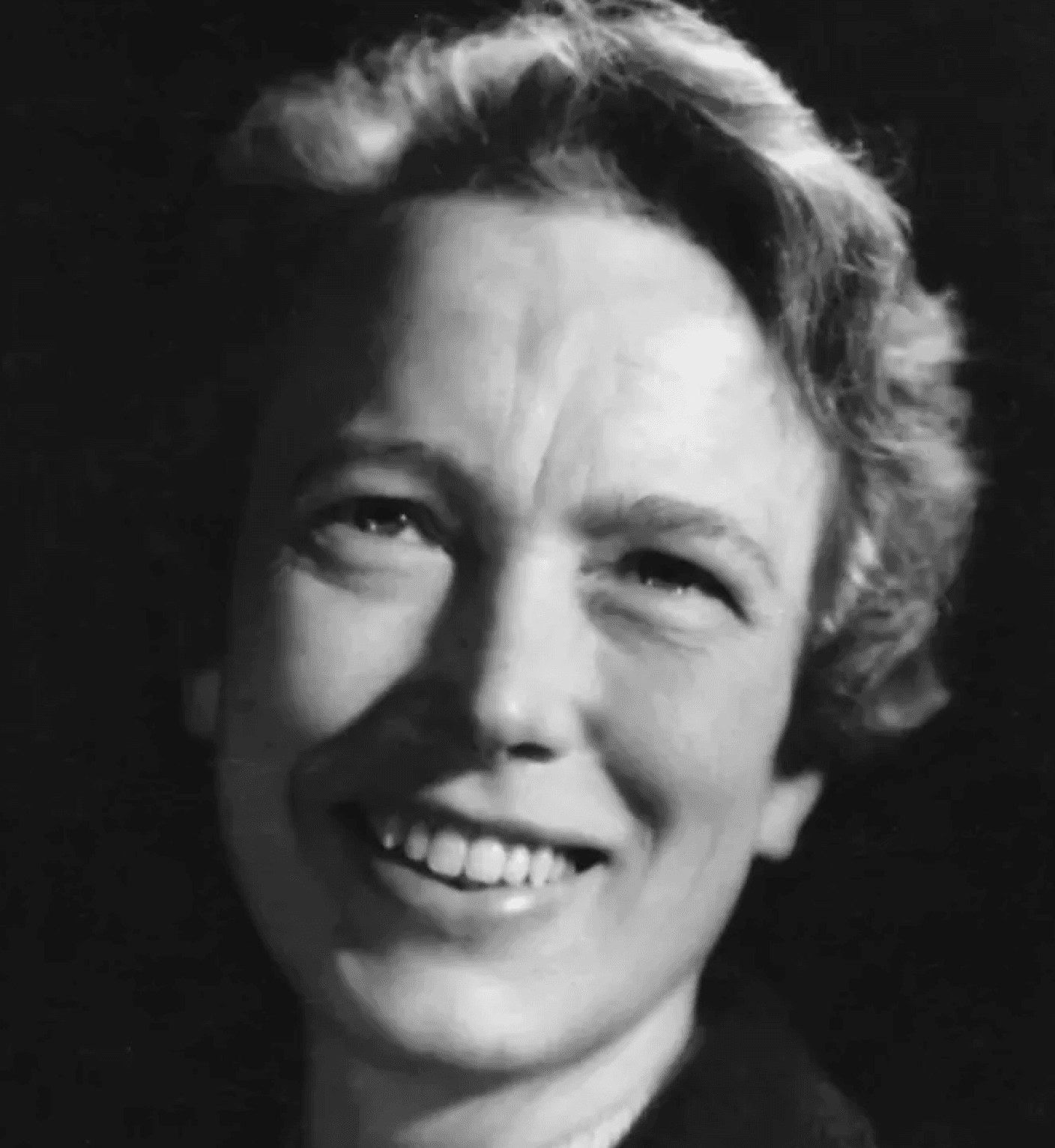

Population Graphs
Population Graphs
Population Graphs
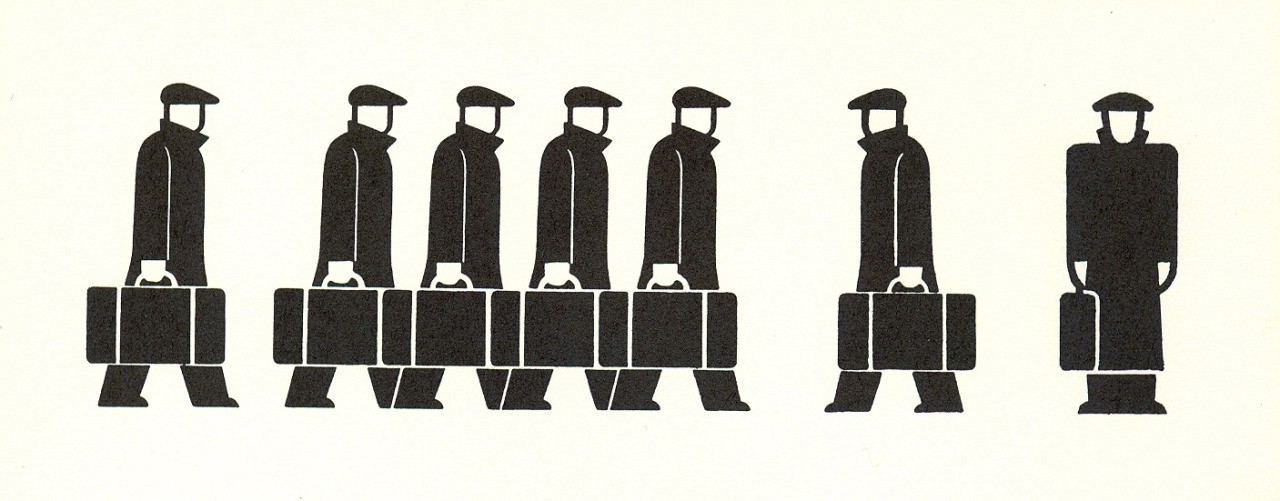

He took inspiration from historical and artistic sources, such as ancient Egyptian hieroglyphics, arguably the oldest picture language, (Neurath, 1944) as they clearly conveyed meaning, using simple shapes and lines, each element having deliberate intent, so the viewer can easily see the story or message being told. Another source he used were books he read, for example, instructional manuals from his childhood, which he found their simple style could be translated to use in diagrammatic and statistical content for all ages, due to their lack of unnecessary details. (Mazure, 2020) I find this highly interesting, as this content created primarily for children can still be used as an extremely useful resource for content for all ages and people, in isotype. He also admired the use of imagery in René Descartes’ Opera Philosophica, as it strips even deep and complex philosophical concepts into their simplest form, that the average reader can understand with little to no background research. Another inspiration was maps used in war strategy, in which amounts of soldiers were represented using one icon of a soldier to indicate a larger set amount.(Mazure, 2020)
He took inspiration from historical and artistic sources, such as ancient Egyptian hieroglyphics, arguably the oldest picture language, (Neurath, 1944) as they clearly conveyed meaning, using simple shapes and lines, each element having deliberate intent, so the viewer can easily see the story or message being told. Another source he used were books he read, for example, instructional manuals from his childhood, which he found their simple style could be translated to use in diagrammatic and statistical content for all ages, due to their lack of unnecessary details. (Mazure, 2020) I find this highly interesting, as this content created primarily for children can still be used as an extremely useful resource for content for all ages and people, in isotype. He also admired the use of imagery in René Descartes’ Opera Philosophica, as it strips even deep and complex philosophical concepts into their simplest form, that the average reader can understand with little to no background research. Another inspiration was maps used in war strategy, in which amounts of soldiers were represented using one icon of a soldier to indicate a larger set amount.(Mazure, 2020)
Isotype
Isotype
Isotype
He was also a member of the Vienna Circle of Philosophers, whose main goal was to blend empirical science with philosophy, so that all is viewed as it is, with statistics and pure fact being the most important type of evidence, as it is the only type which cannot be refuted or doubted. (Jordi, 2010) I believe this was an influence in creating isotype, as both this ideology and isotype share key fundamental similarities, such as the goal of simply conveying information, without confusion or ability for misinterpretation. An example he used was “Neurath’s boat”, in which he referenced sailors repairing a boat at sea, without access to land, this means that they would need to remove the unnecessary parts of the boat, in order to build what they need. He referred to overcomplicated theory which lacked evidence, alluding to unnecessary material. (Seawright, 2013) Although, this example fits well with his work on isotype, in which there is no unnecessary detail, and it exists to solve a problem, evidencing the influence of his philosophical research on his design work.
He was also a member of the Vienna Circle of Philosophers, whose main goal was to blend empirical science with philosophy, so that all is viewed as it is, with statistics and pure fact being the most important type of evidence, as it is the only type which cannot be refuted or doubted. (Jordi, 2010) I believe this was an influence in creating isotype, as both this ideology and isotype share key fundamental similarities, such as the goal of simply conveying information, without confusion or ability for misinterpretation. An example he used was “Neurath’s boat”, in which he referenced sailors repairing a boat at sea, without access to land, this means that they would need to remove the unnecessary parts of the boat, in order to build what they need. He referred to overcomplicated theory which lacked evidence, alluding to unnecessary material. (Seawright, 2013) Although, this example fits well with his work on isotype, in which there is no unnecessary detail, and it exists to solve a problem, evidencing the influence of his philosophical research on his design work.
He was also a member of the Vienna Circle of Philosophers, whose main goal was to blend empirical science with philosophy, so that all is viewed as it is, with statistics and pure fact being the most important type of evidence, as it is the only type which cannot be refuted or doubted. (Jordi, 2010) I believe this was an influence in creating isotype, as both this ideology and isotype share key fundamental similarities, such as the goal of simply conveying information, without confusion or ability for misinterpretation. An example he used was “Neurath’s boat”, in which he referenced sailors repairing a boat at sea, without access to land, this means that they would need to remove the unnecessary parts of the boat, in order to build what they need. He referred to overcomplicated theory which lacked evidence, alluding to unnecessary material. (Seawright, 2013) Although, this example fits well with his work on isotype, in which there is no unnecessary detail, and it exists to solve a problem, evidencing the influence of his philosophical research on his design work.
Noteworthy Work by Neurath
Noteworthy Work by Neurath
How Did Otto Neurath's Isotype Project Revolutionise Communication Design?
How Did Otto Neurath's Isotype Project Revolutionise Communication Design?
Bibliography
Bibliography
Bibliography
Neurath’s
Inspiration
Neurath’s
Inspiration
Neurath’s
Inspiration
Otto Neurath was an Austrian philosopher and design thinker, most notable for his work in developing the isotype picture language, which redefined communication design. He studied economic history in Berlin, and later moved back to Vienna, assisting in the founding of the Social and Economic Museum of Vienna,(Cat, 2023) where he began his work in design, as he felt statistics were often ineffective in conveying information for the general public, as he thought it was more effective to remember approximations in graphic form than to forget a precise line graph or statistic. (Heinrich et al., 2011) He also believed that communicating information in this way was much more successful for conveying information to a universal audience, as pictures serve as a language that can be understood by all, regardless of culture or language. (Pendle, 2006) At the time, language was an extremely popular field of study, with many scholars and researchers attempting to bridge the barrier between peoples using theories of a universal language, with the aim of uniting the communication of all people, for example, Esperanto, the most popular constructed language, was invented in the same time period in Poland. (Devlin, 2023)
Otto Neurath was an Austrian philosopher and design thinker, most notable for his work in developing the isotype picture language, which redefined communication design. He studied economic history in Berlin, and later moved back to Vienna, assisting in the founding of the Social and Economic Museum of Vienna,(Cat, 2023) where he began his work in design, as he felt statistics were often ineffective in conveying information for the general public, as he thought it was more effective to remember approximations in graphic form than to forget a precise line graph or statistic. (Heinrich et al., 2011) He also believed that communicating information in this way was much more successful for conveying information to a universal audience, as pictures serve as a language that can be understood by all, regardless of culture or language. (Pendle, 2006) At the time, language was an extremely popular field of study, with many scholars and researchers attempting to bridge the barrier between peoples using theories of a universal language, with the aim of uniting the communication of all people, for example, Esperanto, the most popular constructed language, was invented in the same time period in Poland. (Devlin, 2023)
Collaborators in Isotype
Collaborators in Isotype
This map of the Roman Empire shows the populations in each province, also included in the same book, Gesellschaft und Wirtschaft – Bildstatistisches Elementarwerk, are maps showing agricultural production and economics of the Roman Empire, and sizes of the cities. (Neurath, 1930) I find this book extremely interesting, as it shows the extreme difference between the capital cities, such as Rome and Byzantium, and the smaller, less influential provinces. We can also see maps throughout historical periods, and how countries and economy have changed over time, I find it fascinating how all this complex information was compiled using only the isotype picture language, showing how versatile and understandable it is, the success of the project’s aims are evident here.
This map of the Roman Empire shows the populations in each province, also included in the same book, Gesellschaft und Wirtschaft – Bildstatistisches Elementarwerk, are maps showing agricultural production and economics of the Roman Empire, and sizes of the cities. (Neurath, 1930) I find this book extremely interesting, as it shows the extreme difference between the capital cities, such as Rome and Byzantium, and the smaller, less influential provinces. We can also see maps throughout historical periods, and how countries and economy have changed over time, I find it fascinating how all this complex information was compiled using only the isotype picture language, showing how versatile and understandable it is, the success of the project’s aims are evident here.
This map of the Roman Empire shows the populations in each province, also included in the same book, Gesellschaft und Wirtschaft – Bildstatistisches Elementarwerk, are maps showing agricultural production and economics of the Roman Empire, and sizes of the cities. (Neurath, 1930) I find this book extremely interesting, as it shows the extreme difference between the capital cities, such as Rome and Byzantium, and the smaller, less influential provinces. We can also see maps throughout historical periods, and how countries and economy have changed over time, I find it fascinating how all this complex information was compiled using only the isotype picture language, showing how versatile and understandable it is, the success of the project’s aims are evident here.
by Aaron Pollock
Noteworthy Work by Neurath
